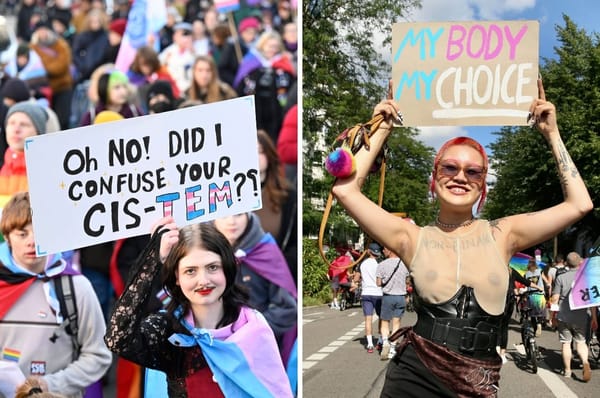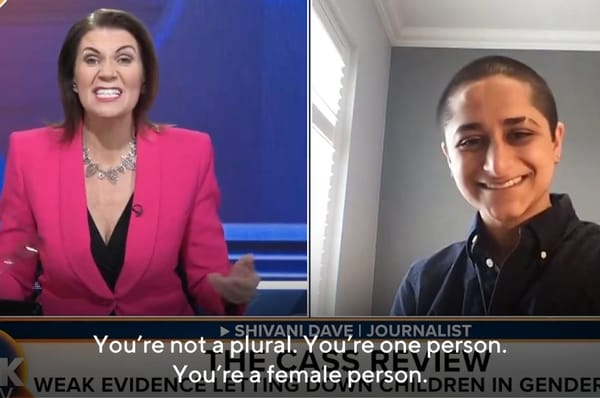Poland’s Huge, Unprecedented Anti-Government Protests, Explained
An estimated 500,000 people marched against the ruling right-wing party, which has eroded democracy and attacked human rights since it took power in 2015.
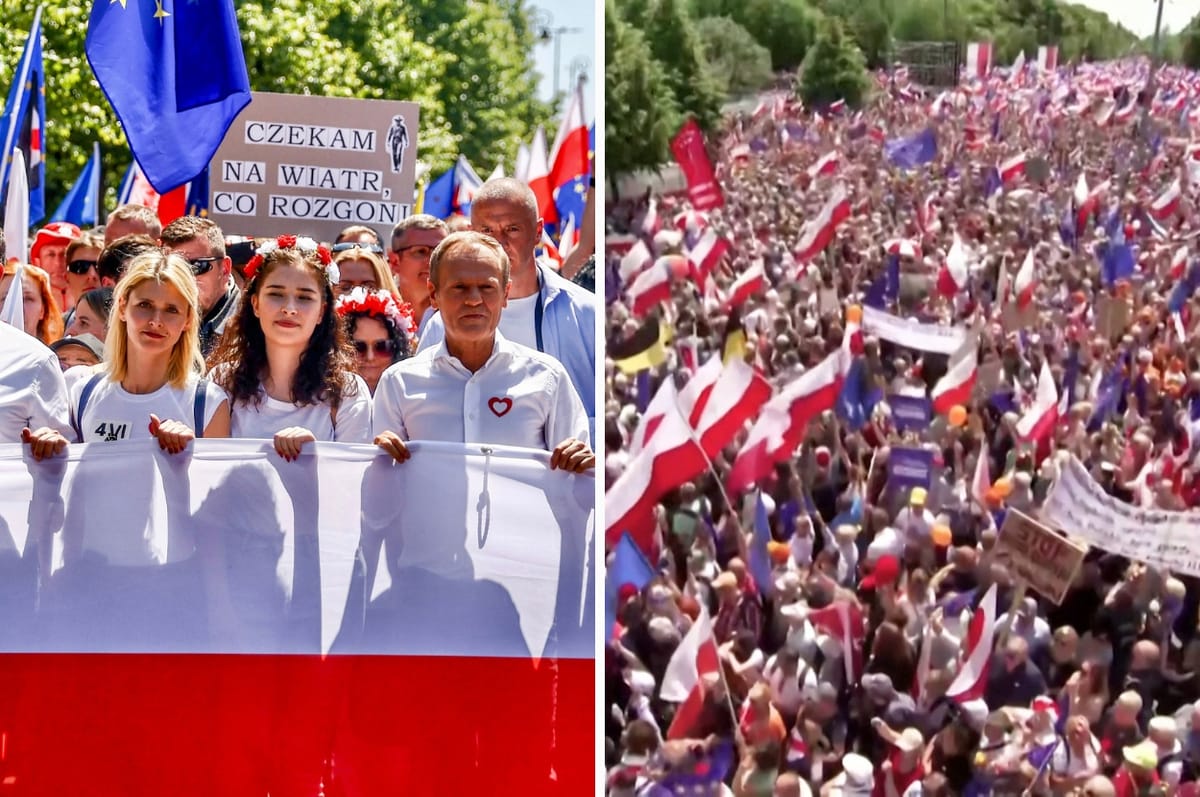
An estimated half a million people have taken to the streets of Poland in a huge, unprecedented pro-democracy protest in Poland.
Here’s what you need to know.
What Happened?
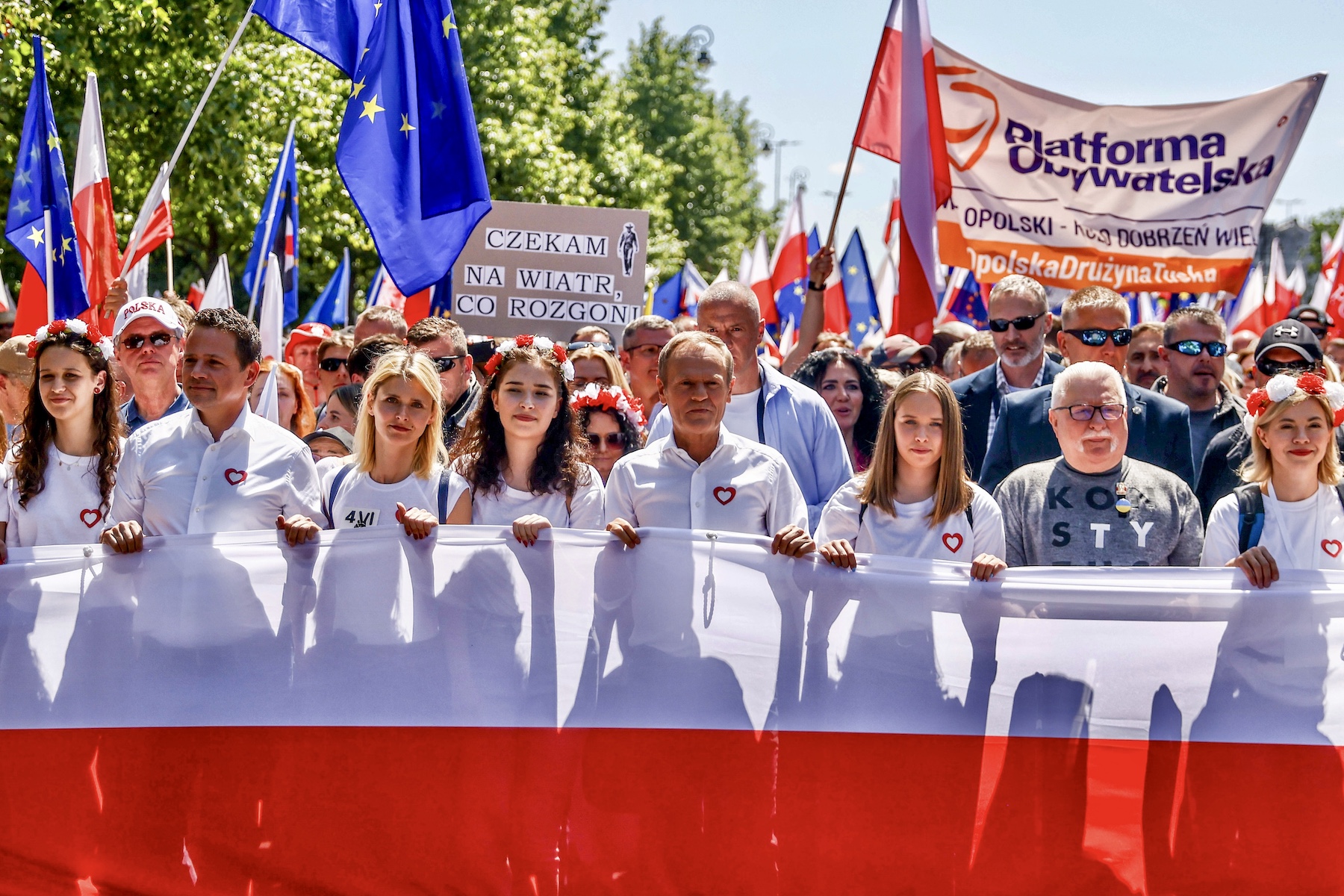
On Sunday June 4, hundreds of thousands of people took to the streets of Warsaw to protest against Poland’s right-wing government run by the Law and Justice Party, also known as PiS.
Former Polish prime minister and president of the European Council Donald Tusk, who is leading the opposition Civic Platform party, was present, alongside former president Lech Wałęsa who helped to end communist rule in Poland.
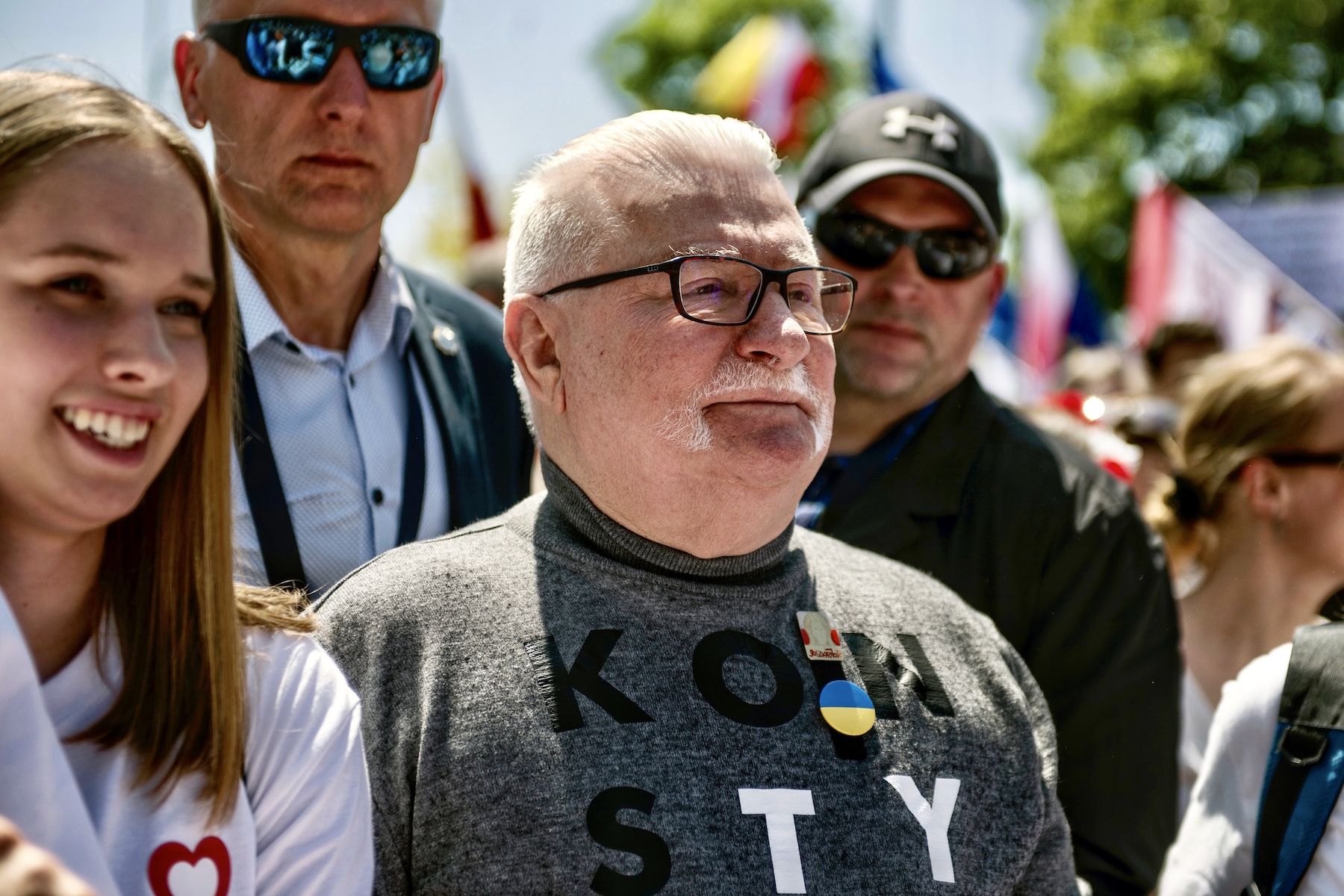
The demonstration comes ahead of elections which will be held by November this year.
“The first step to victory is to recognize our strength, we’re here today so that Poland, Europe and the world see how strong we are, how many of us are ready, just like back then 30, 40 years ago, to fight again for a democratic and free Poland, for our rights,” Tusk said at the demonstration.
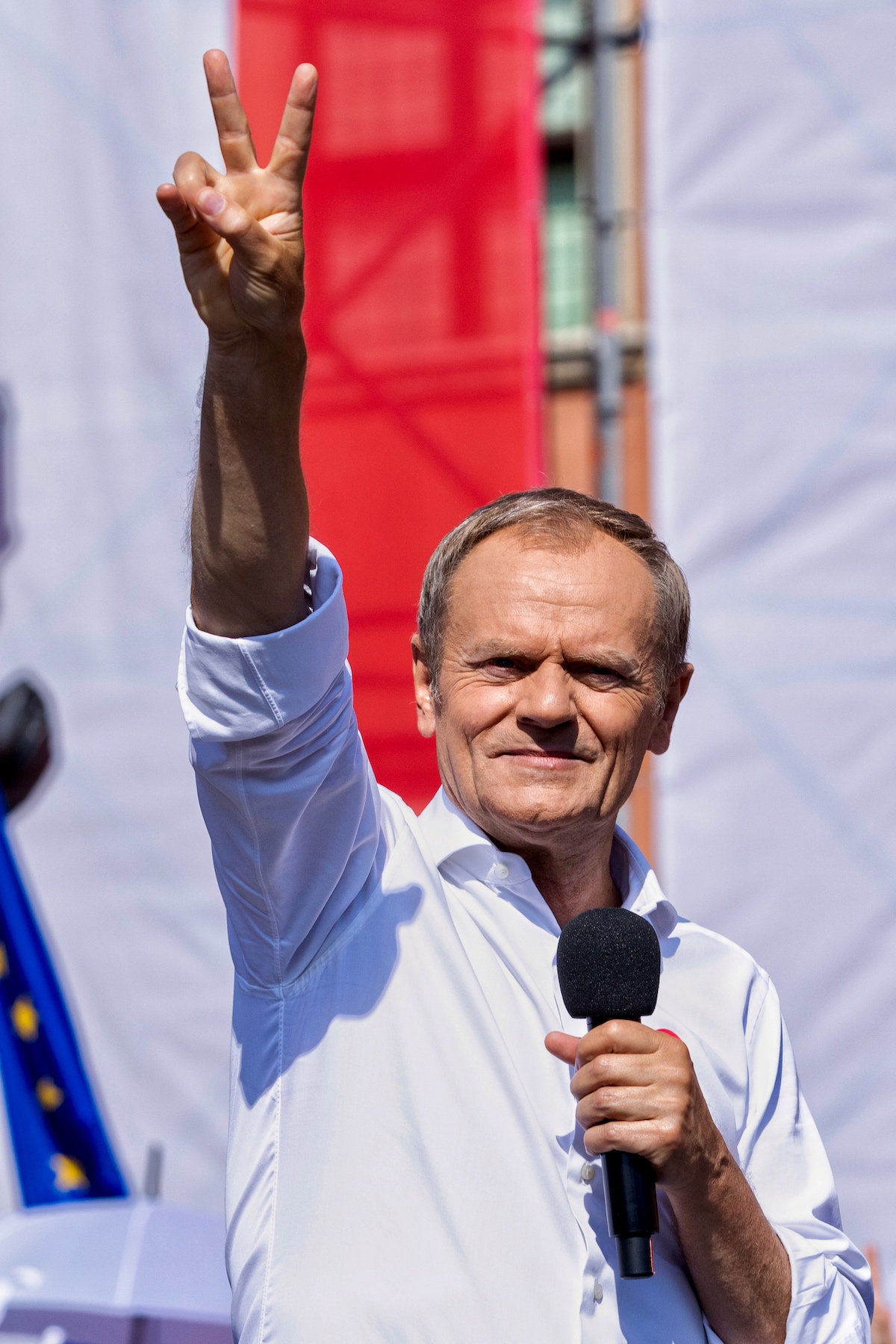
“This voice will not be stopped, that giant has woken up, I’m proud that I can be here and say ‘we will win!’,” he added.
Who Are The Law And Justice (PiS) Party?
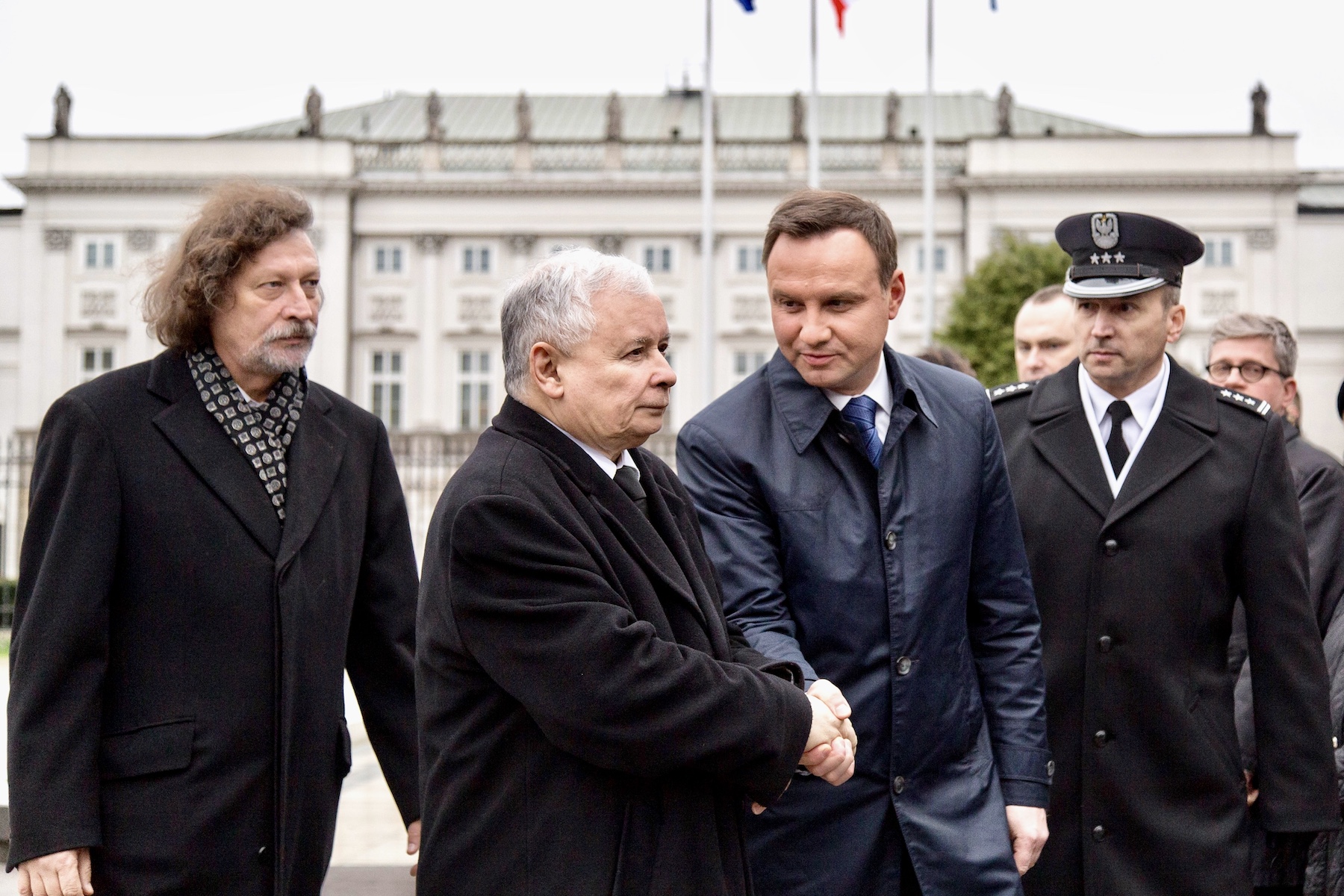
Since it came to power in 2015, the ruling Law and Justice party has eroded democracy and attacked human rights by taking away the independence of the country’s top court.
The constitutional court is supposed to be an independent branch of the government that ensures laws passed by the government are consistent with the country’s constitution.
But the Law and Justice party has replaced the panel of judges with those who are loyal to them.
This has made it easier for the party to pass laws that attack democracy, press freedom, as well as women’s and LGBTQ rights.
What Kind Of Laws Have The Law And Justice Party Passed?
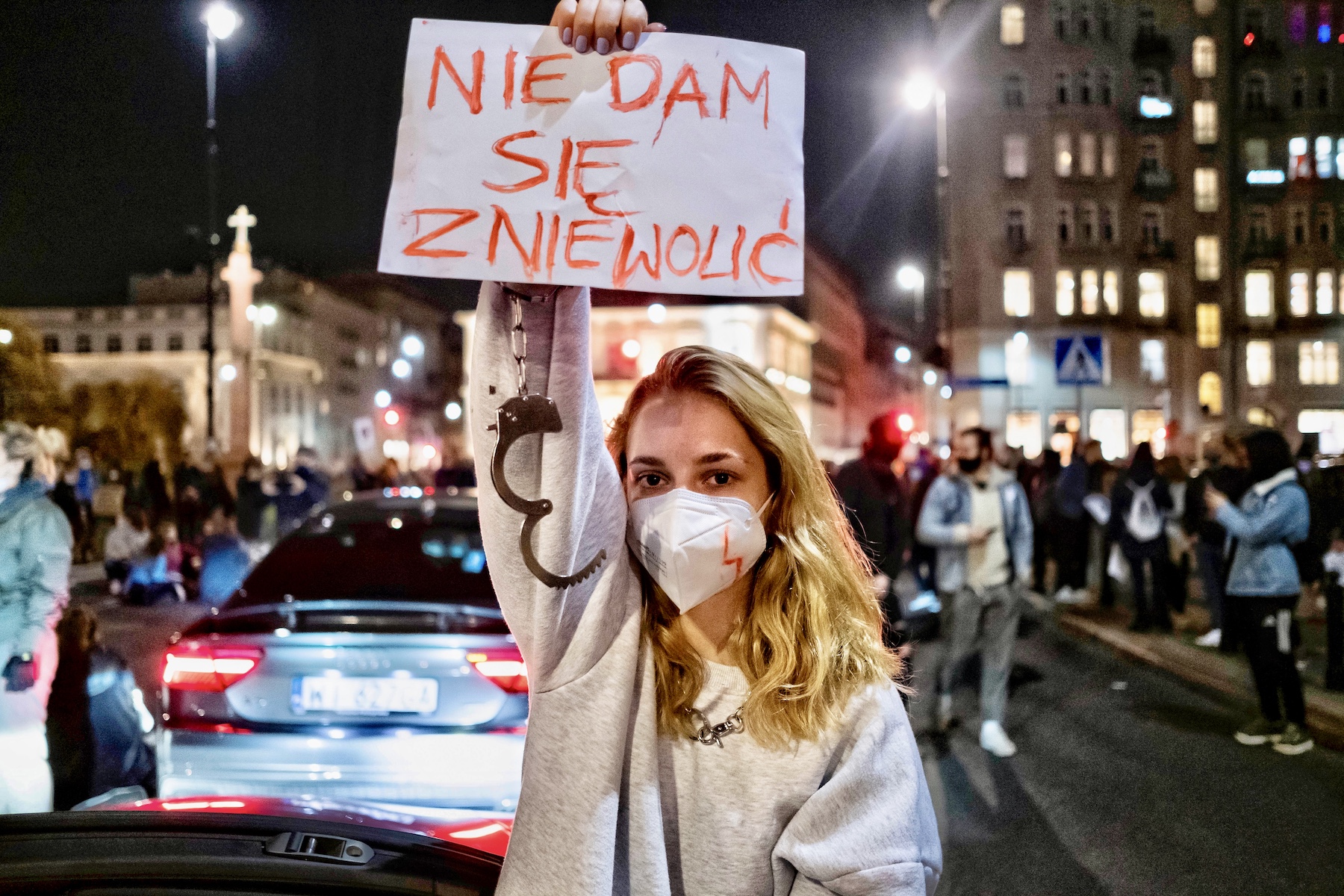
In 2020, the court ruled in favor of a law that bans abortions in almost all cases, except in instances of rape, incest or if there is a threat to the woman’s health or life.

This accounts for only about 2% of all legal abortions in Poland in recent years.
And in recent years, with the government’s support, more than 90 regions in Poland declared themselves to be “LGBT-free” zones – areas that are unwelcoming of “LGBTQ ideology”.
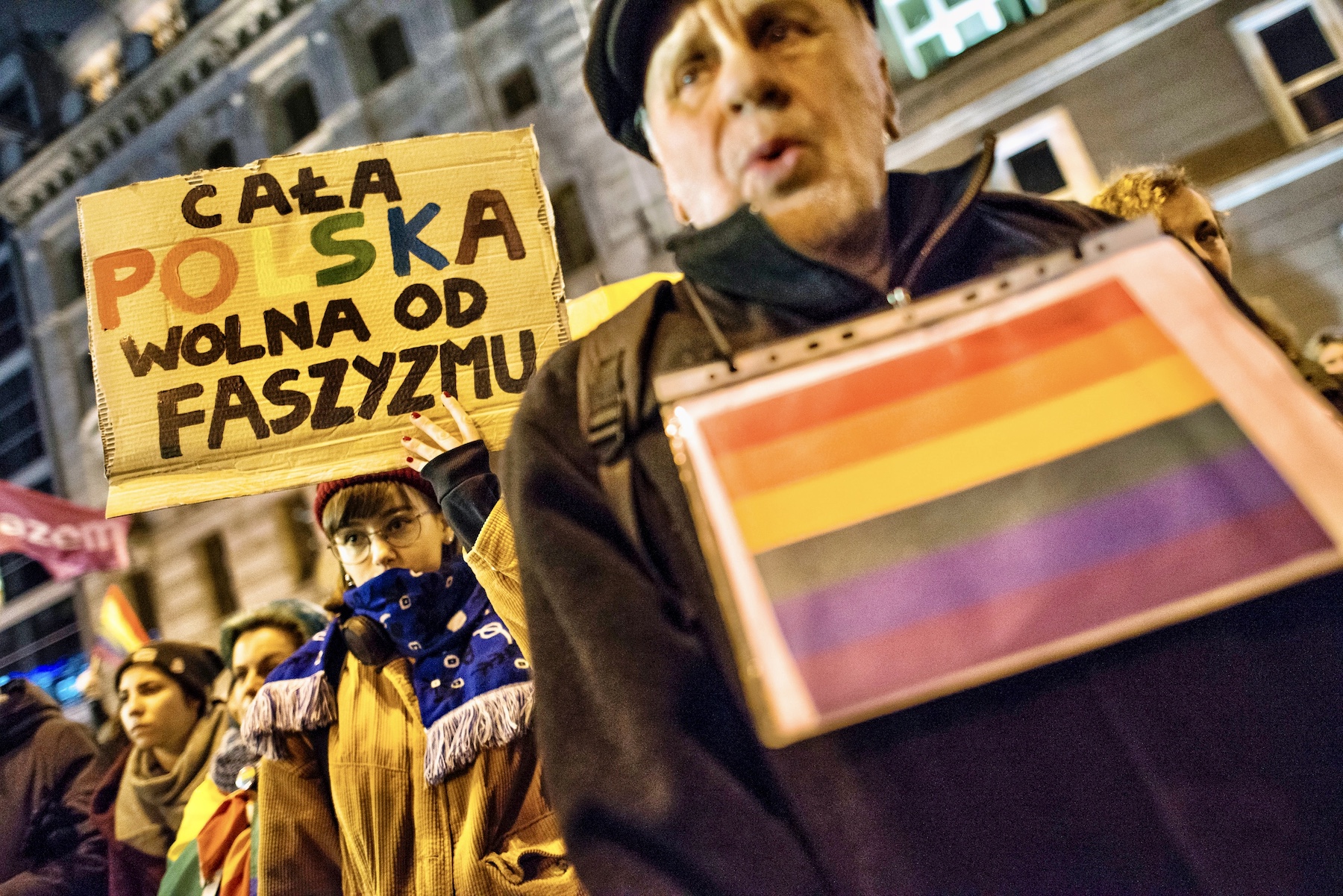
In 2021, the government announced a new law that banned same-sex couples from adopting children.

LGBT rights in Poland is one of the worst in European Union countries, according to the 2021 report by ILGA-Europe, a leading LGBTQ advocacy group.
How Long Have Protests Been Going On?

Since 2015, numerous protests have broken out against the various rulings and changes.
They include the Black Protest in 2016, when women demonstrated against the bill to ban abortion, followed by mass protests in 2020 when the law was passed.
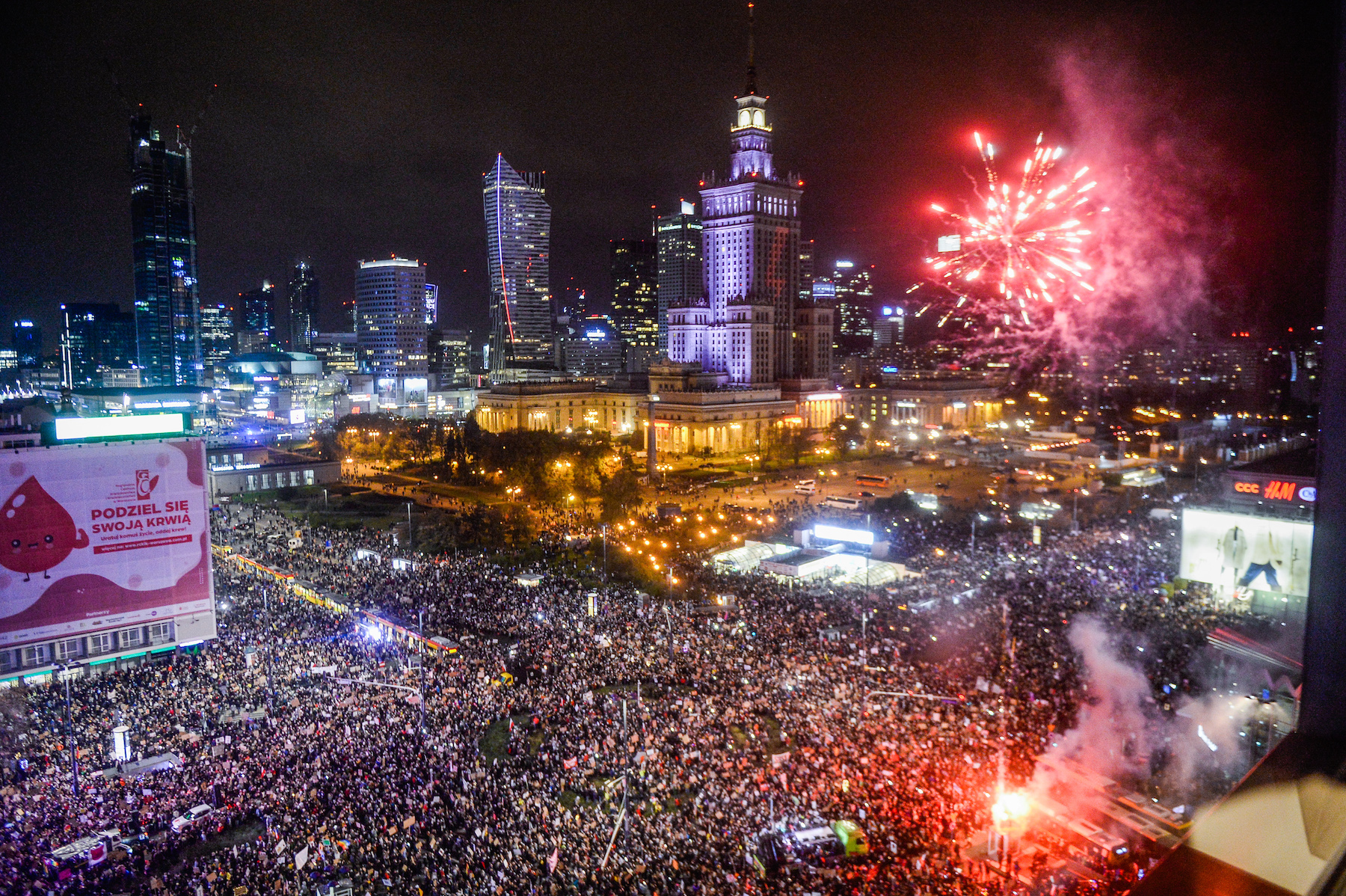
There were also protests in 2016 against the government’s attempts to restrict press freedom, to mandate all supreme court judges aged over 70 to retire unless exempted by the minister of justice and against LGBTQ discrimination in 2020.
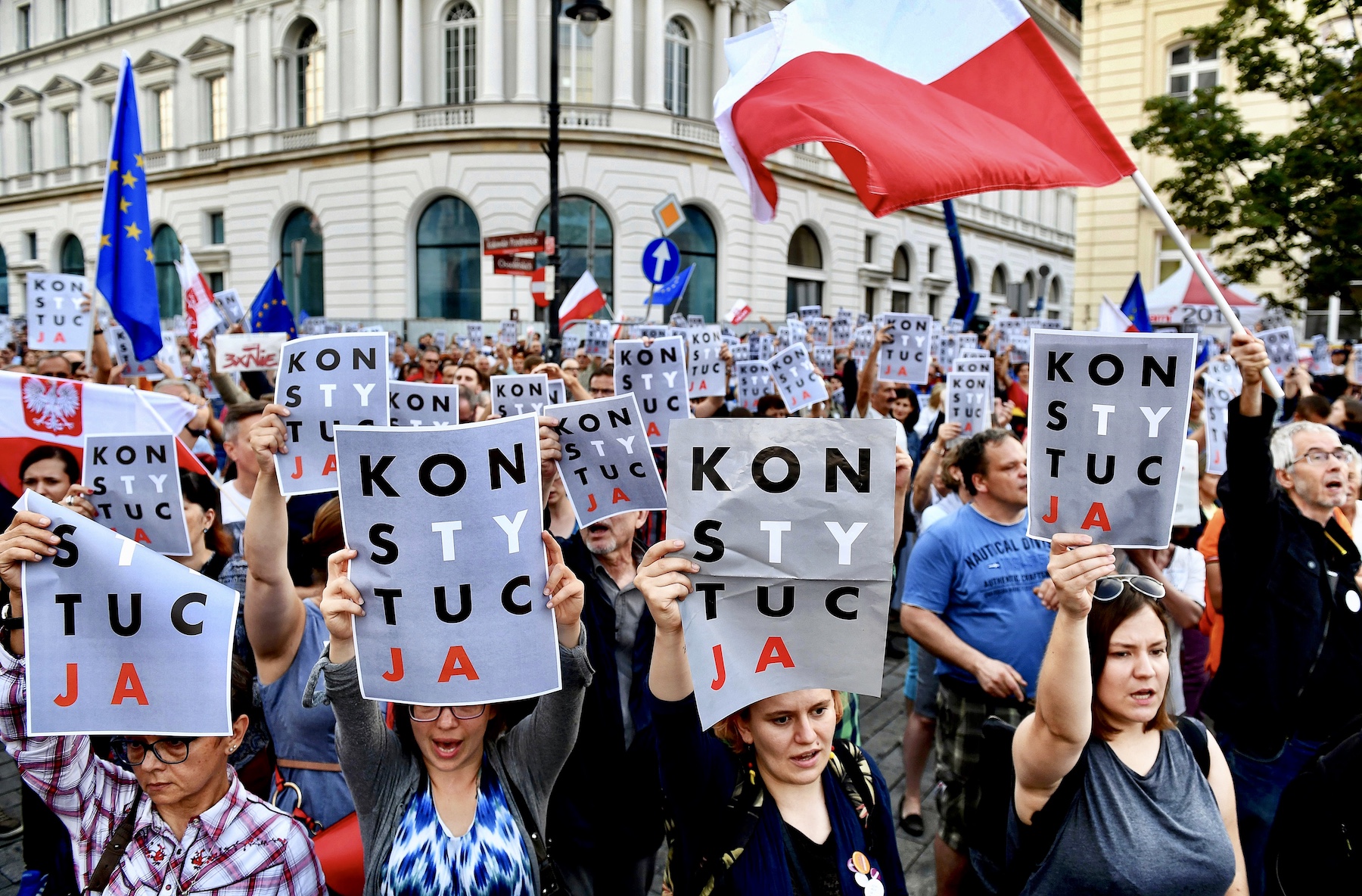
How Are The Protests Different This Time?
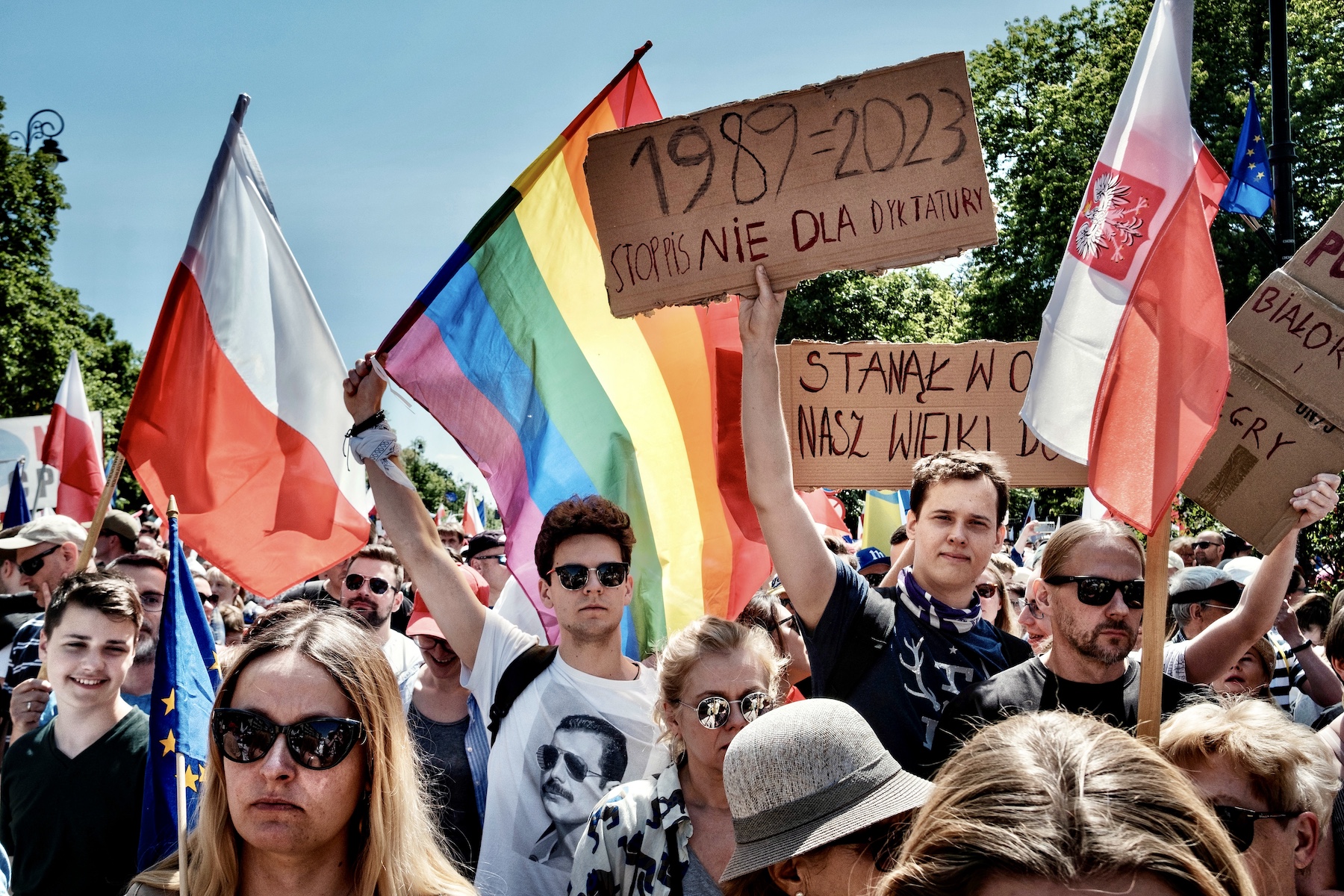
The protest on Sunday was the biggest demonstration the country has seen since the fall of communism in 1989.
People from all around the country traveled to Warsaw to participate in the march, which was attended by an estimated half a million people, organizers said.
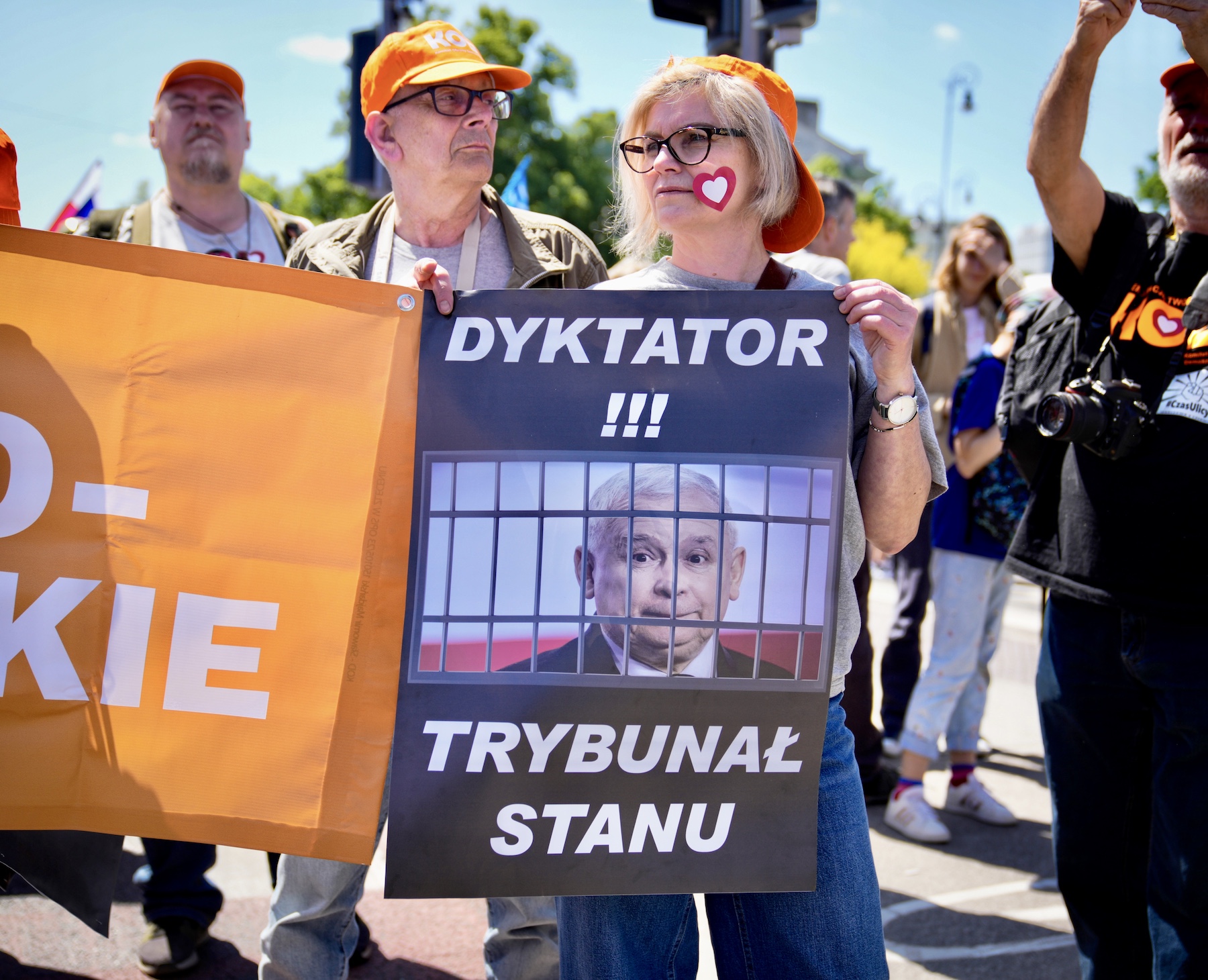
“In 1989 there was a breakthrough (first free elections in Poland) I hope that today there will also be a breakthrough, that people will be willing to change,” 51-year-old IT specialist Jacek Gwozdz, who attended the march, told Reuters.
“I came from Nowy Sacz, we got up at 3 a.m. and when we talked to people on the bus, everyone said that something had changed,” he said. “These people always watched these marches on TV, followed them. Today, however, they decided that they must be with us, that they must come to Warsaw because this is a historic moment and something is really changing.”


